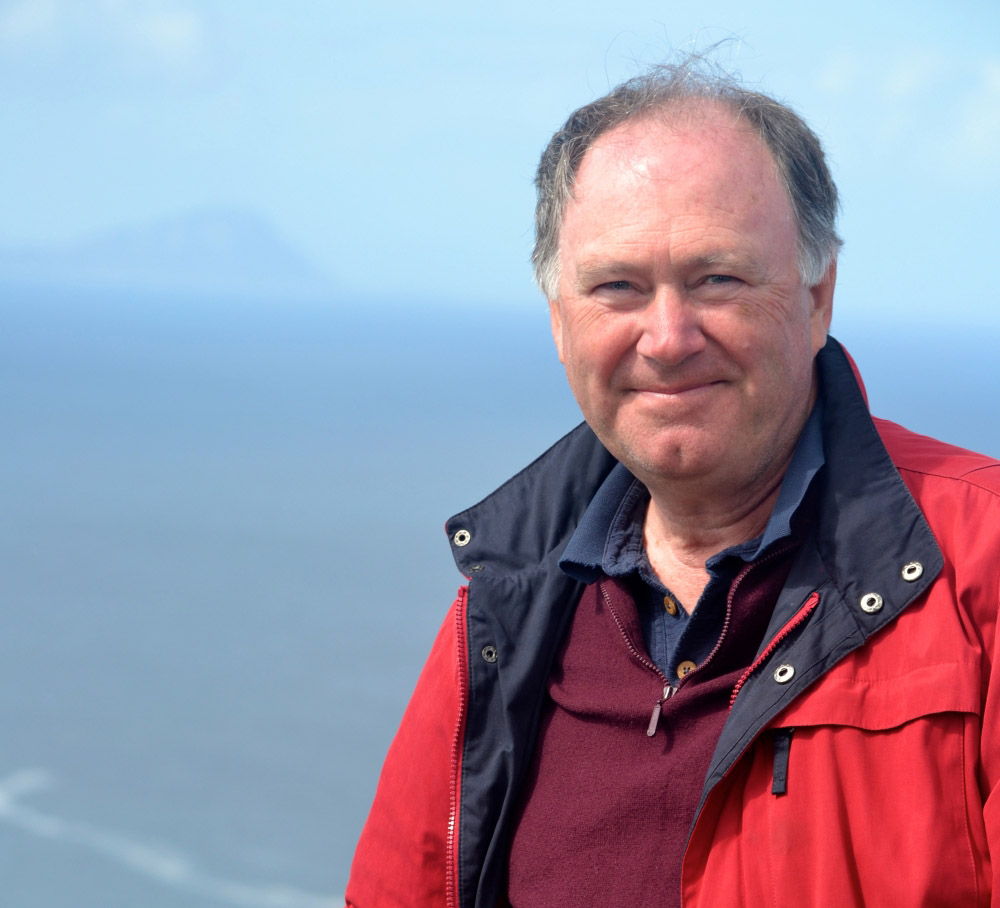Location, location, location still matters in a world made smaller by the Internet and social media. Sonia Ferandez, in an article for The UCSB Current, posted on August 17, 2015 with the title above, goes on to say:
In 1970, geographer, cartographer, and UC Santa Barbara professor emeritus Waldo Tobler said, “Everything is related to everything else, but near things are more related than distant things.” This “first law of geography,” which underscores the tendency to have stronger associations and relationships with things in close proximity than with those that are farther away, is a fundamental principle in the spatially oriented discipline that is geography.
And then we all got online. The advent of social media and the Internet has put the world at our fingertips; in cyberspace, far-flung remote places are just as accessible as neighborhoods across town. Indeed, with the rise of communications technology, it has been thought that location and distance, even geography itself, would become less relevant in modern society.
But a survey of Twitter users suggests that as global as the world’s metropolises have become, the people in them tend to remain staunchly local. “The rules of geography still apply, in spite of the so-called ‘death of distance,’” said UC Santa Barbara geographer Keith Clarke, one of the authors of a paper appearing in the journal PLOS ONE. Clarke, lead author Su Yeon Han, and San Diego State University geographer and professor Ming-Hsiang Tsou tested Tobler’s law with a paper that asks whether global cities enable global views.
To do this, they looked at over a million geotagged tweets emanating from users in and around 50 designated U.S. “home cities” of different population sizes to gauge how geographically aware people were. “We selected Twitter because its messages are ‘big data,’ and cover so many topics,” said Clarke. “Also, Twitter has an open application programming interface that allows you to write scripts to selectively download tweets and their metadata.” It was from this information that the researchers compiled a Global Awareness Index (GAI), a score of users’ awareness of local and distant locations.
According to their findings, Twitter users from the larger cities tended more often to mention distant U.S. cities or other large international cities than did people from mid-size cities. This could be attributable to the large population and tendency of urbanized places to have more frequent movement of people, ideas and commodities, the researchers suggested. For instance, users in technology industry-heavy San Jose, California, demonstrated a high GAI score with tweets mentioning places near and far all over the world, while tweets collected from smaller Jacksonville, Florida — with a lower GAI — tended to concentrate on local and regional places.
Additionally, not all geographical awarenesses are alike. When comparing tweets from two large cities — Los Angeles and New York, both with similarly high GAI scores — the researchers found that the people behind those messages were more likely to mention places geographically closer to them. Angelenos tweeted most often about their own city as well as other places on the West Coast and in the American Southwest as well as Mexico. New Yorkers tweeted most often about New York City and locations on the East Coast and in New England and Canada. Distant cities mentioned in tweets tended also to be the bigger cities.
The levels of global awareness are also elastic: Around the holiday season, mentions of distant cities tended to increase, perhaps as users made travel plans or reached out to family and friends during the season, but then dropped again after the New Year. So, while large, global cities to a certain extent enable global awareness, and the Internet and social media have removed many barriers to this awareness, according to the study, people remain somewhat bound to their physical locations despite the very real possibility of conducting business and communications anywhere and everywhere in the world. “I think globalization is happening,” said Clarke, “but it is impossible to remove the effects of geographic distance and scale.”
Editor’s note: Also see “The Death of Distance,” a 1996 Environment and Planning B Editorial by Geography Professor Emerita Helen Couclelis.




